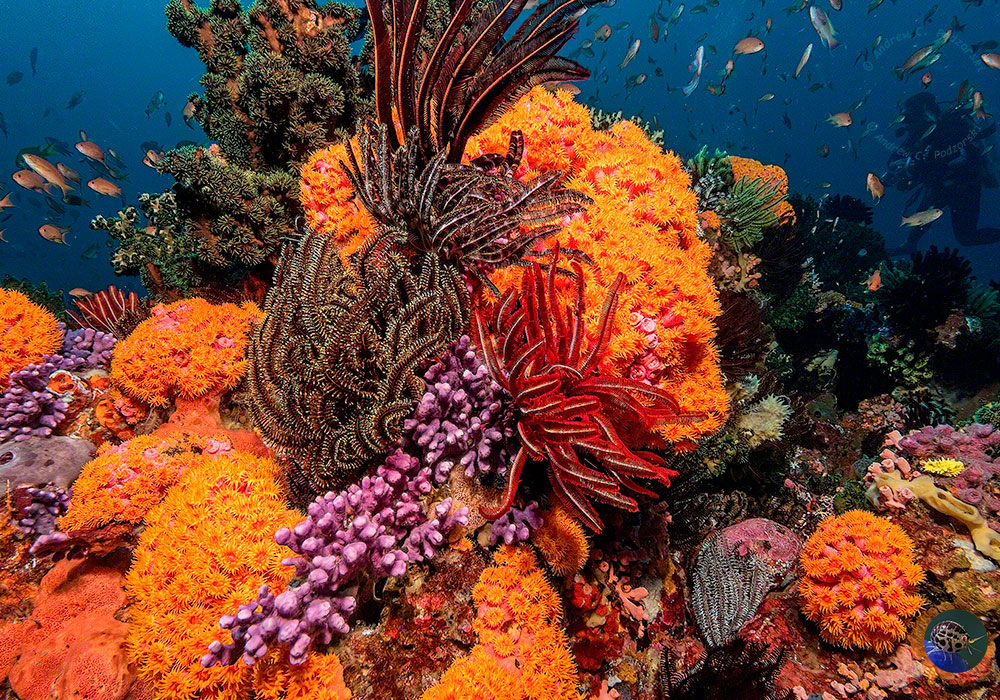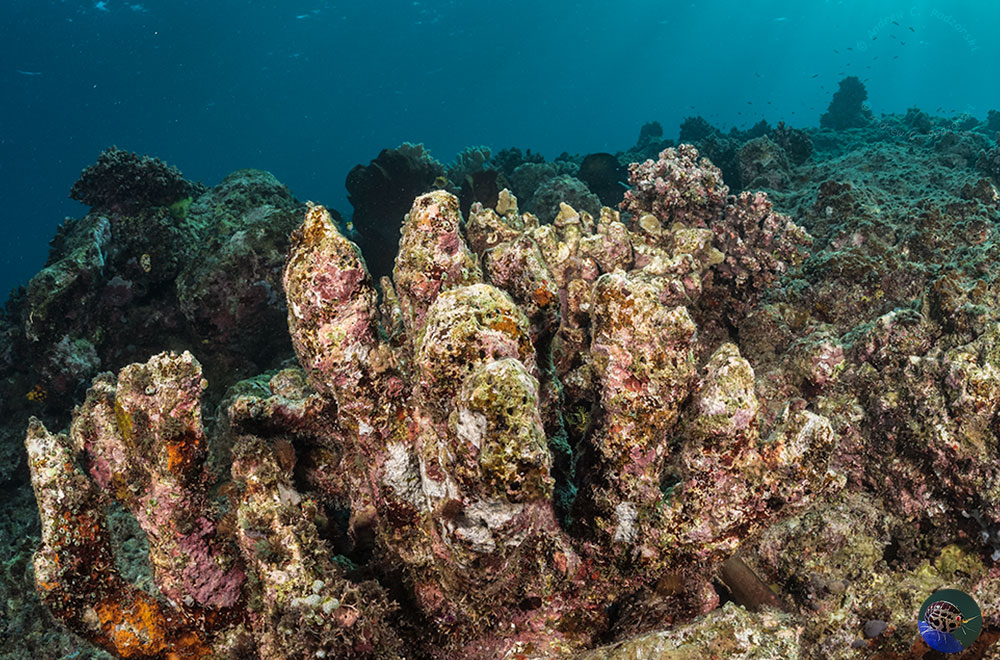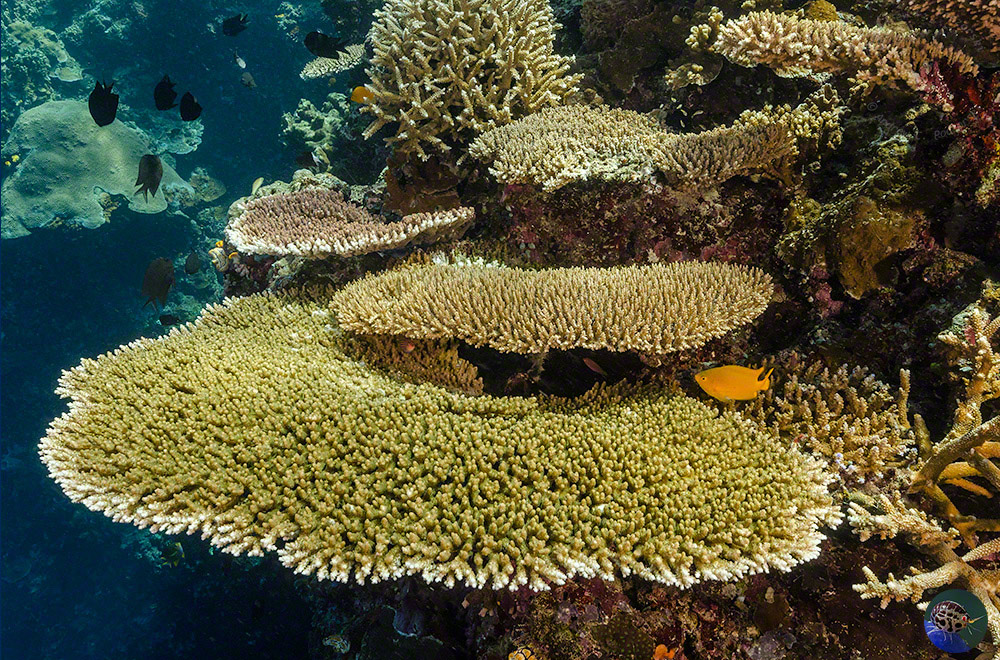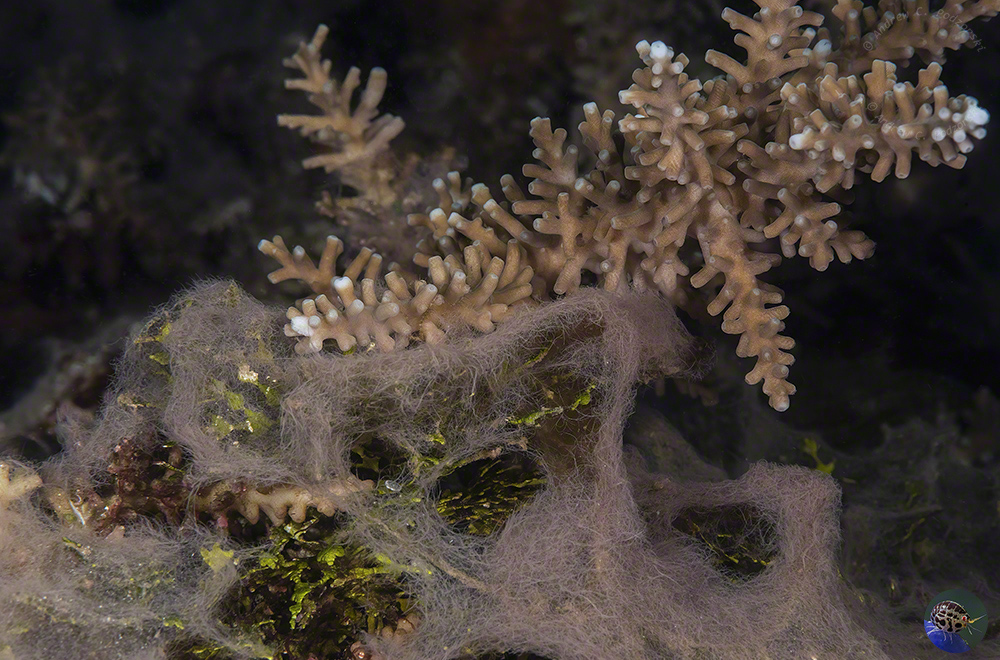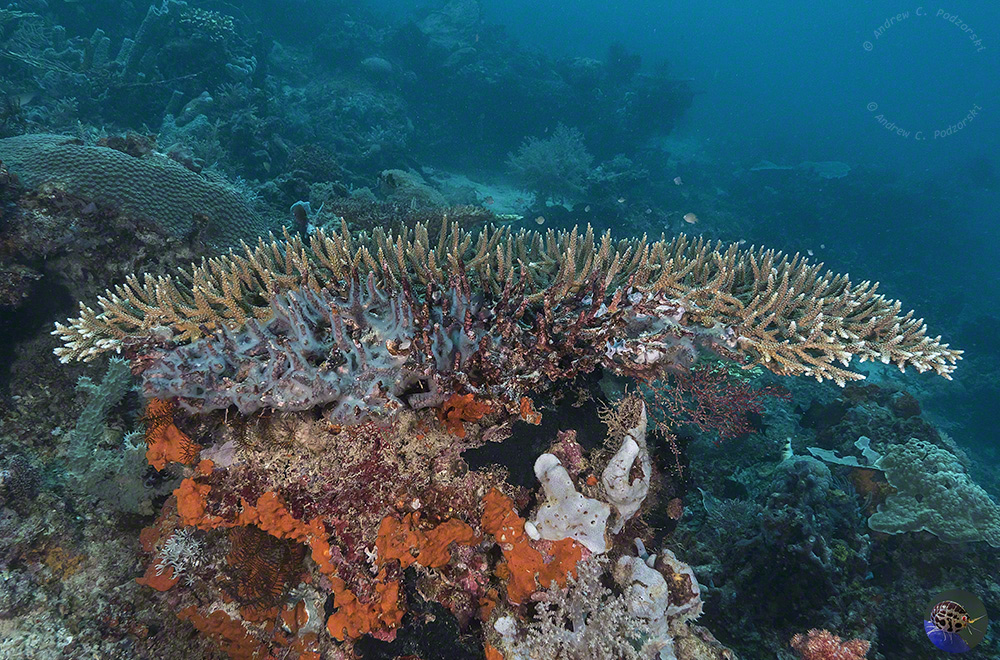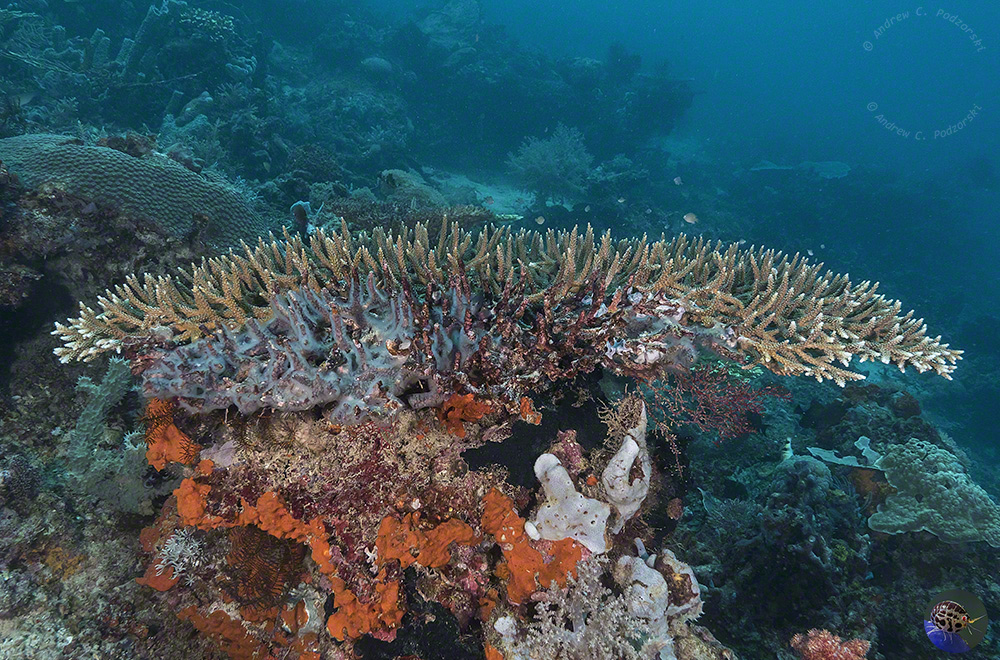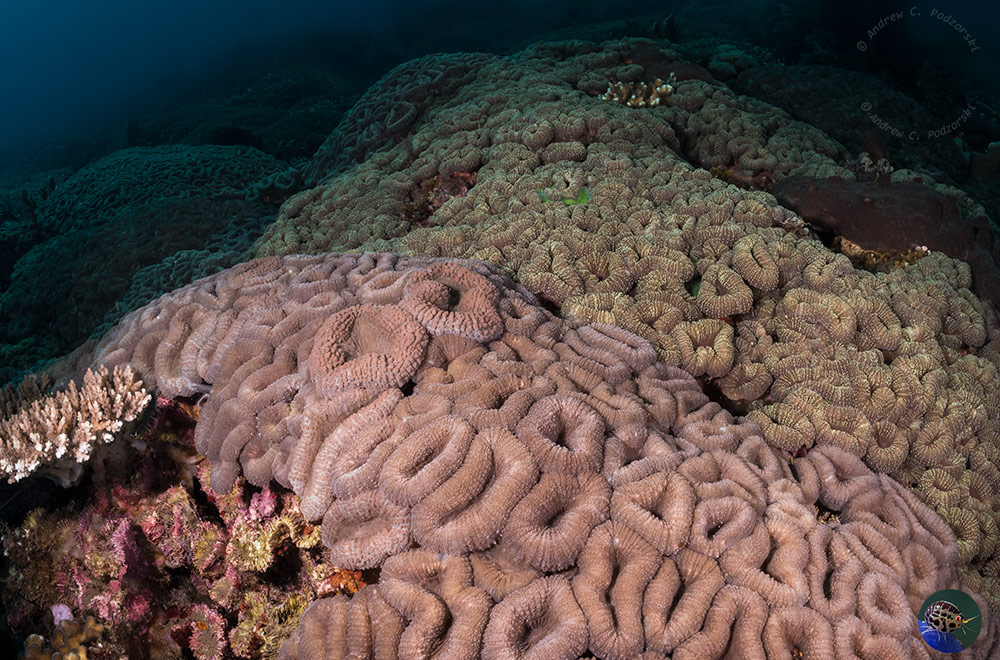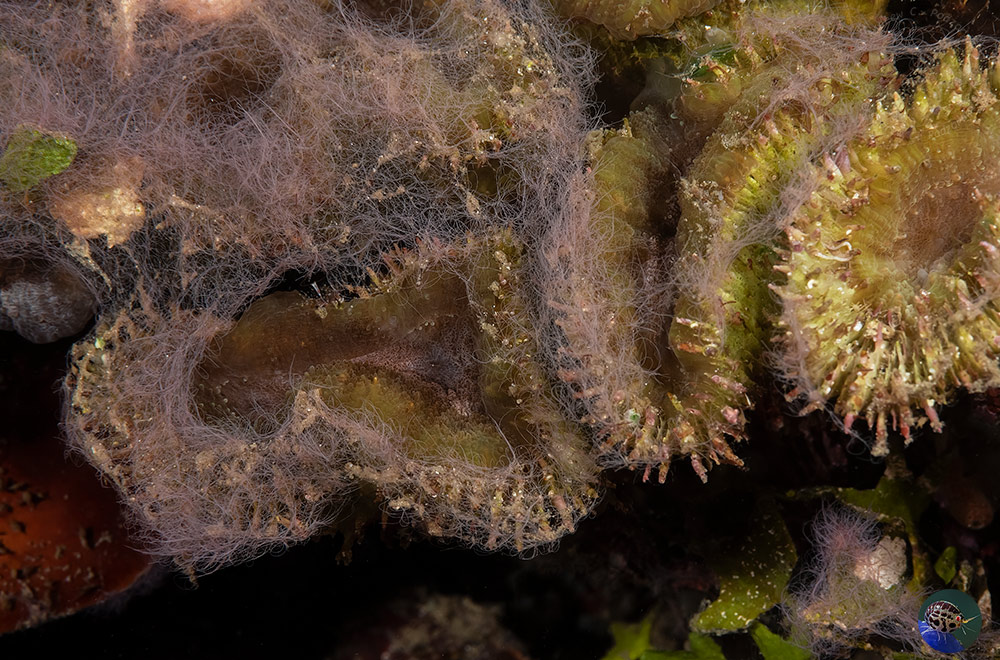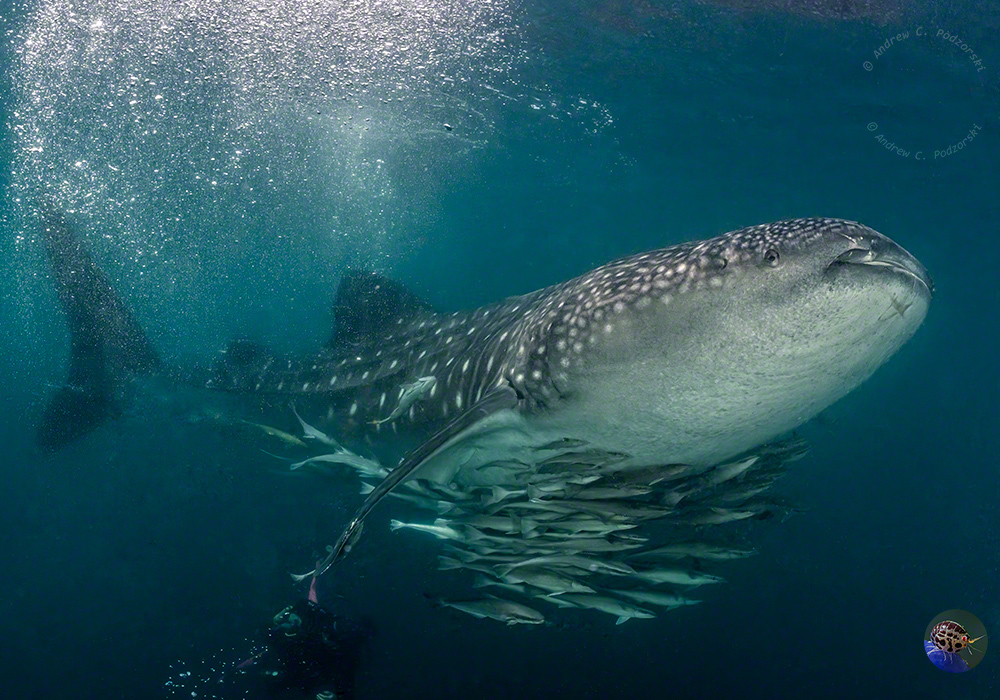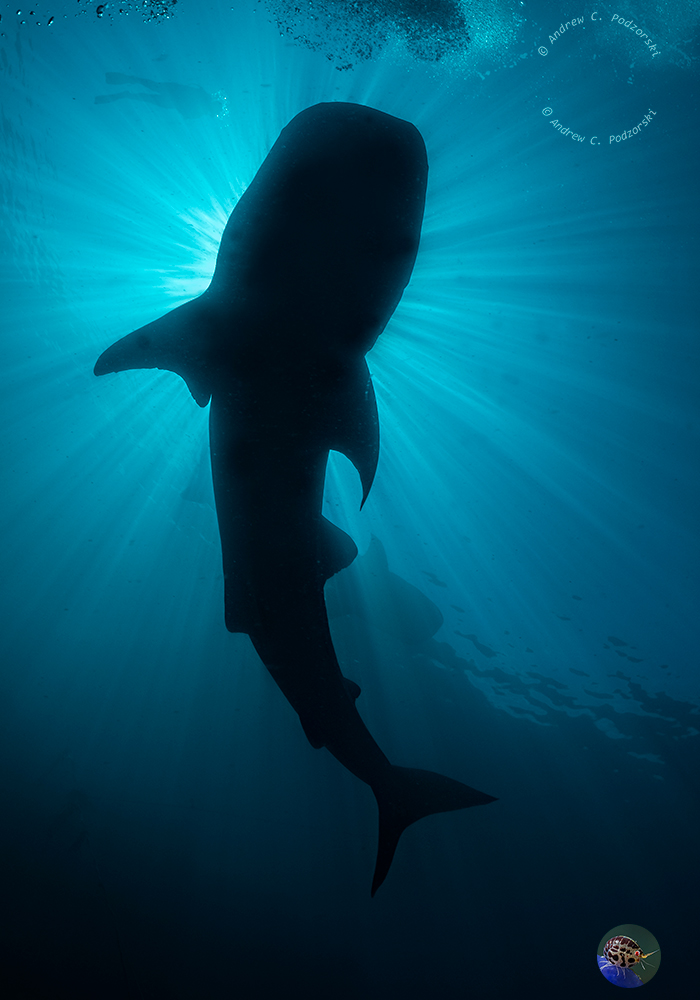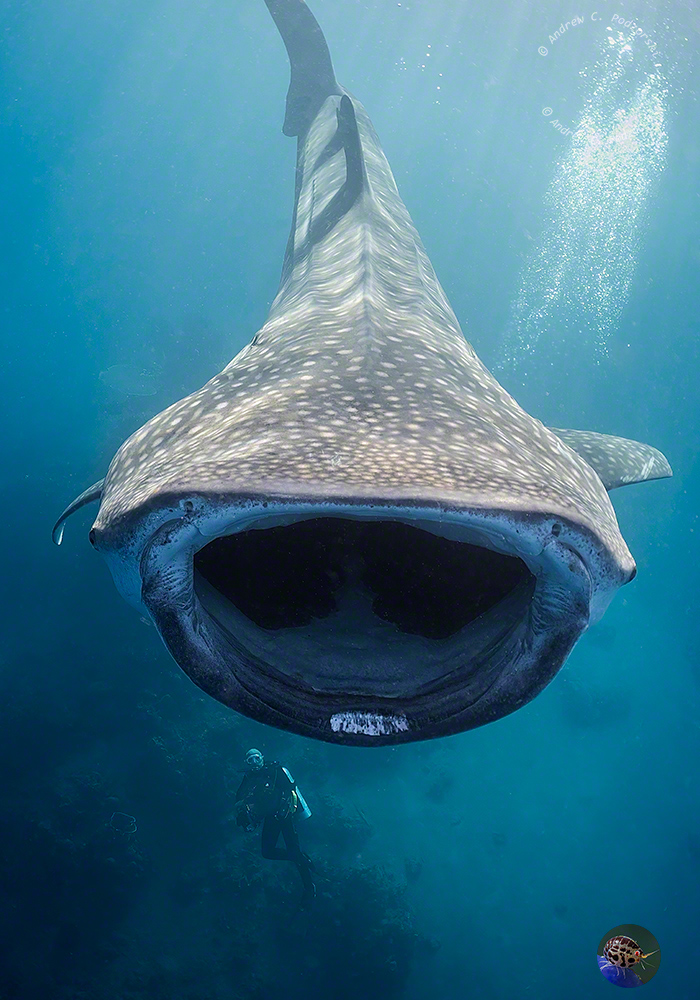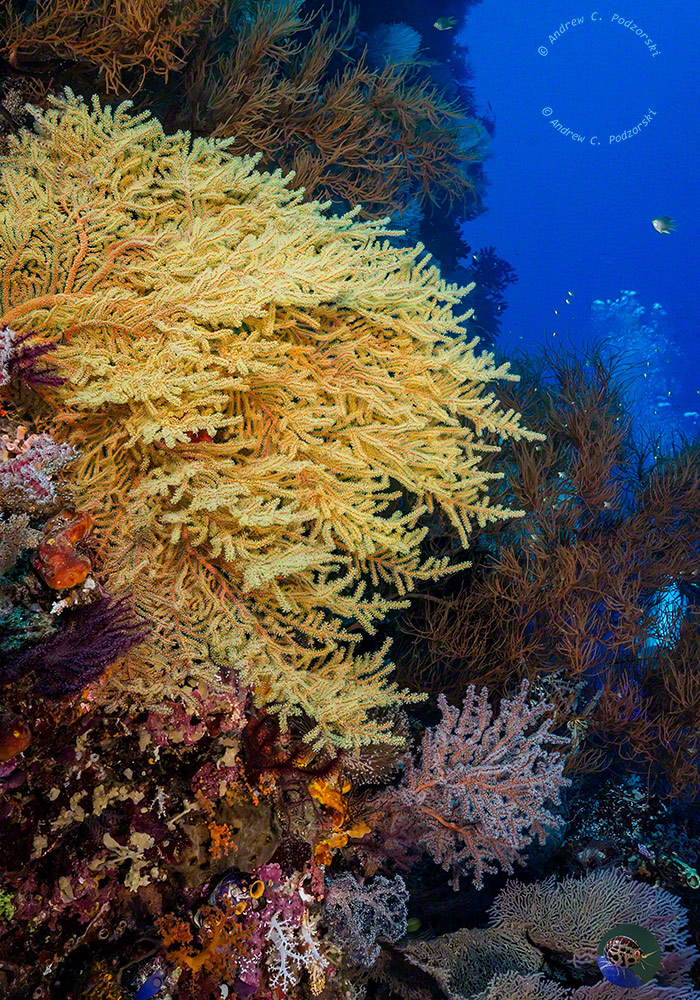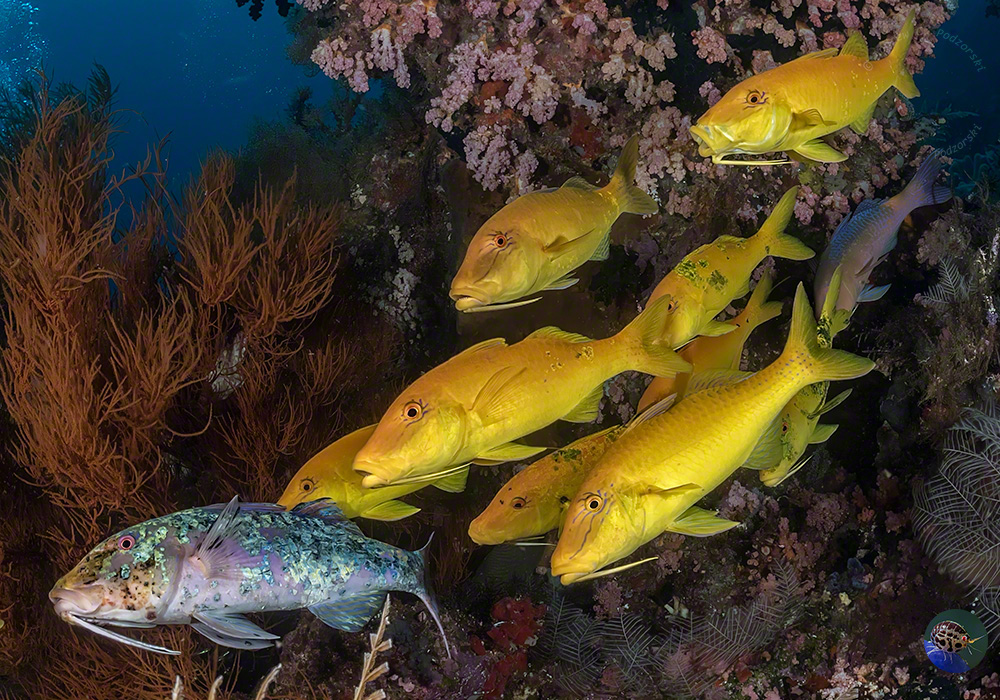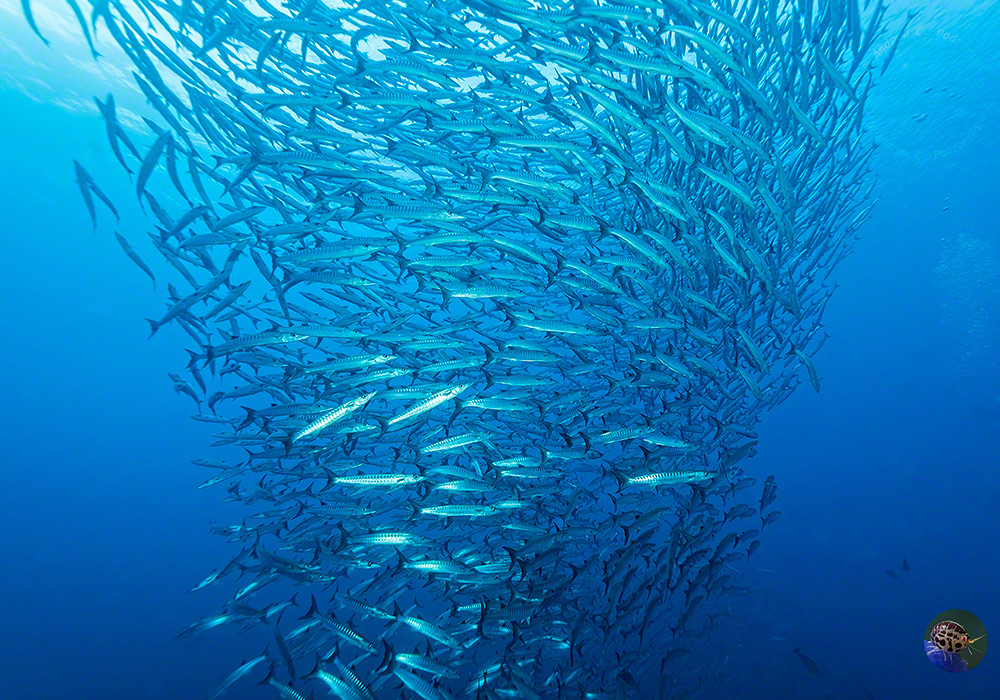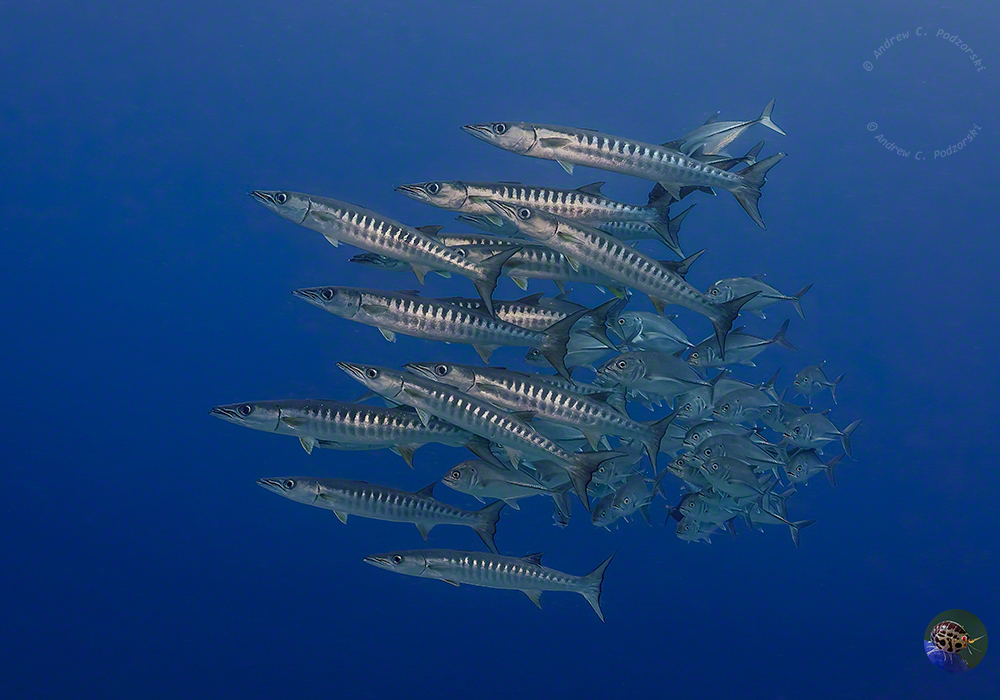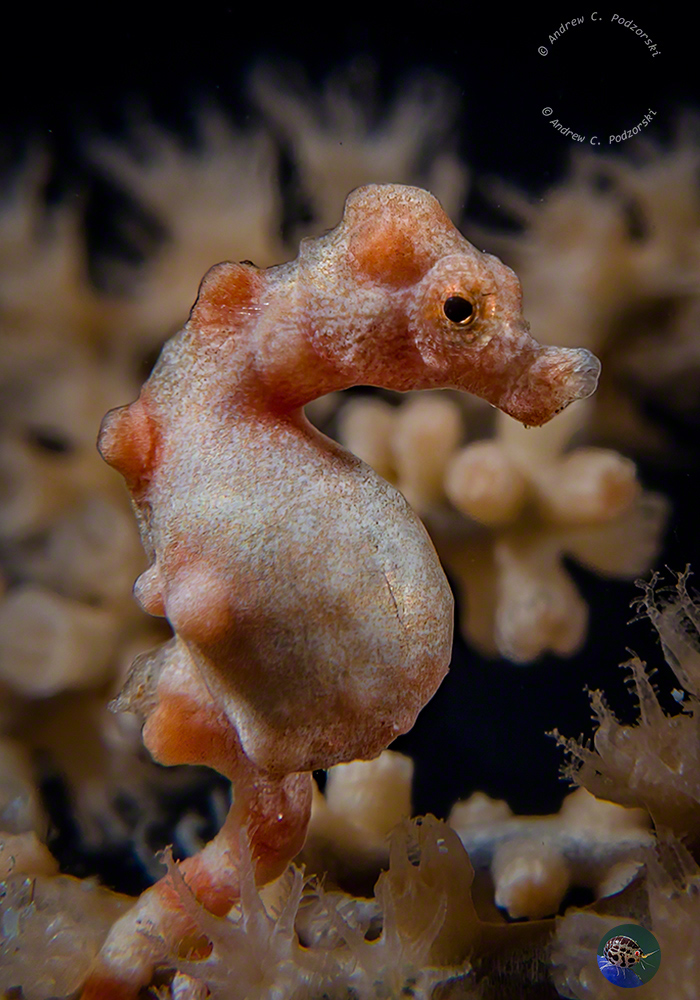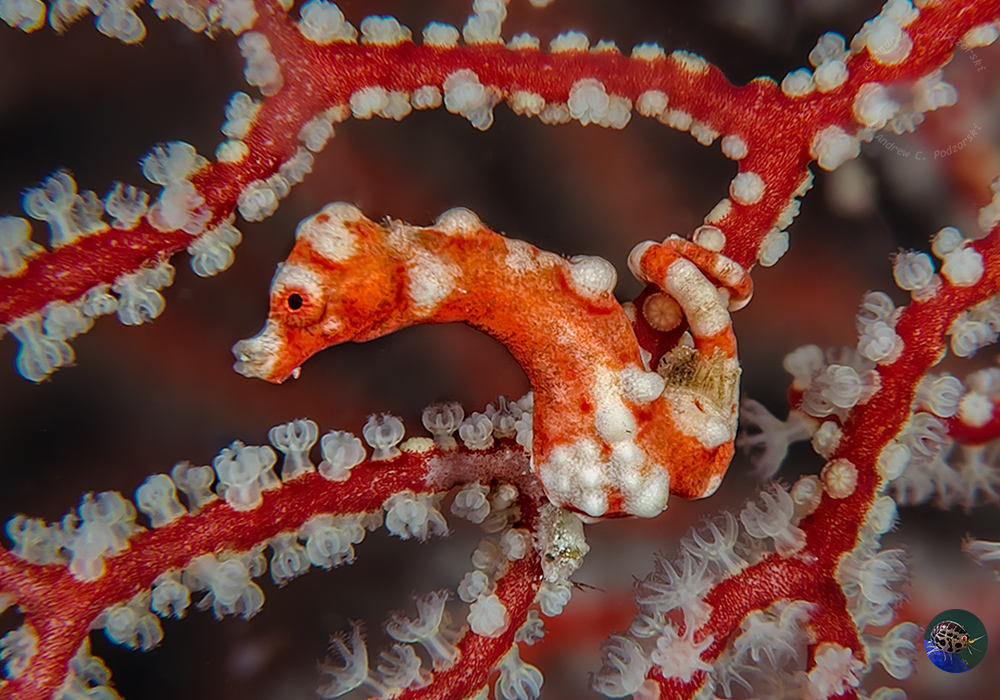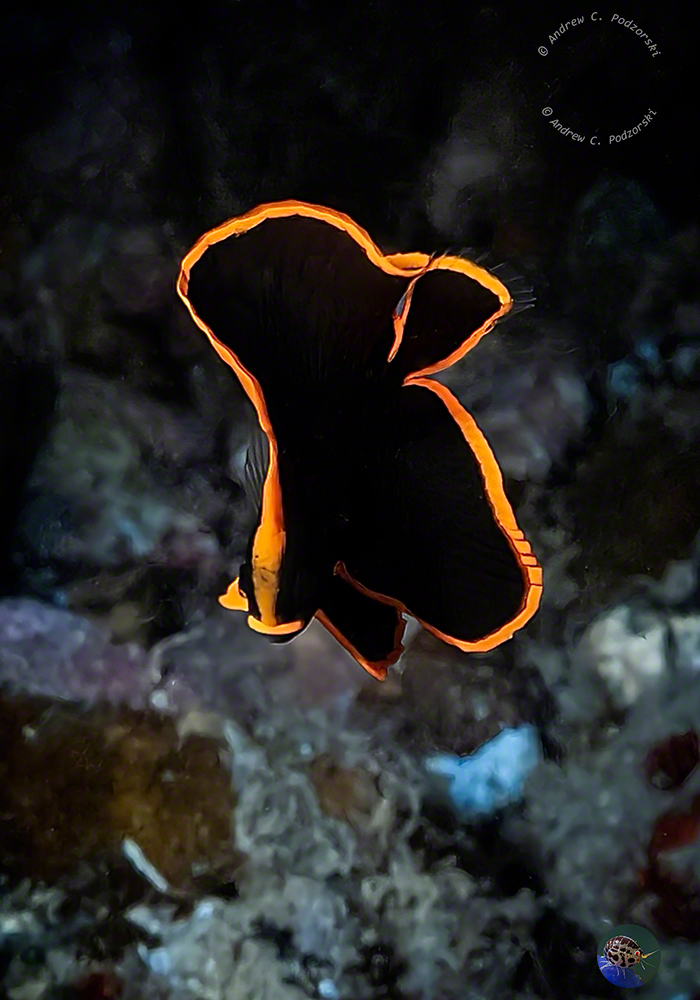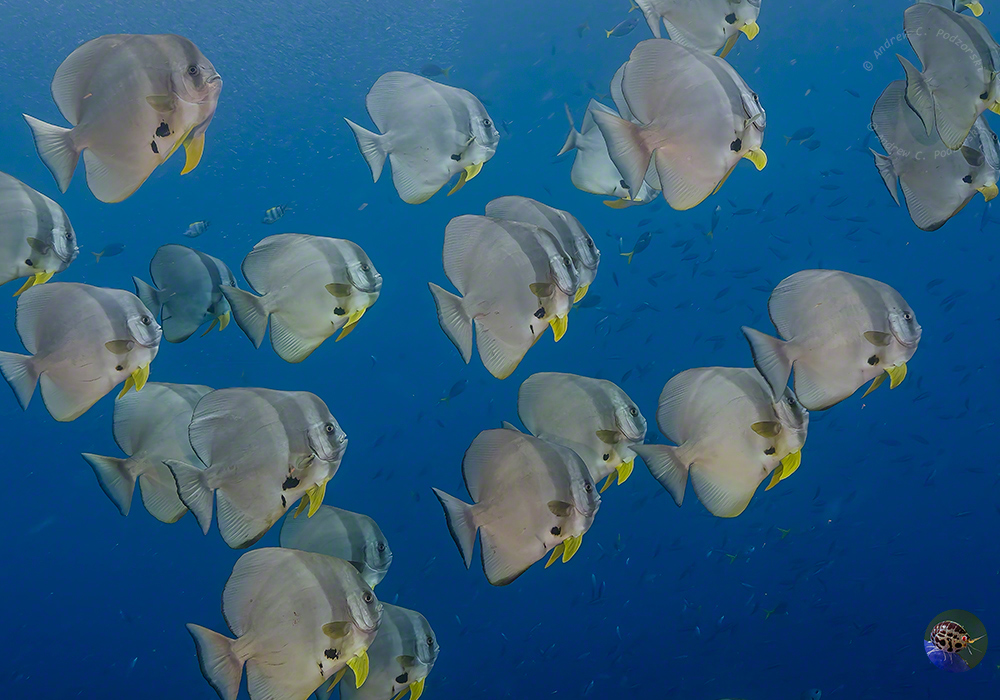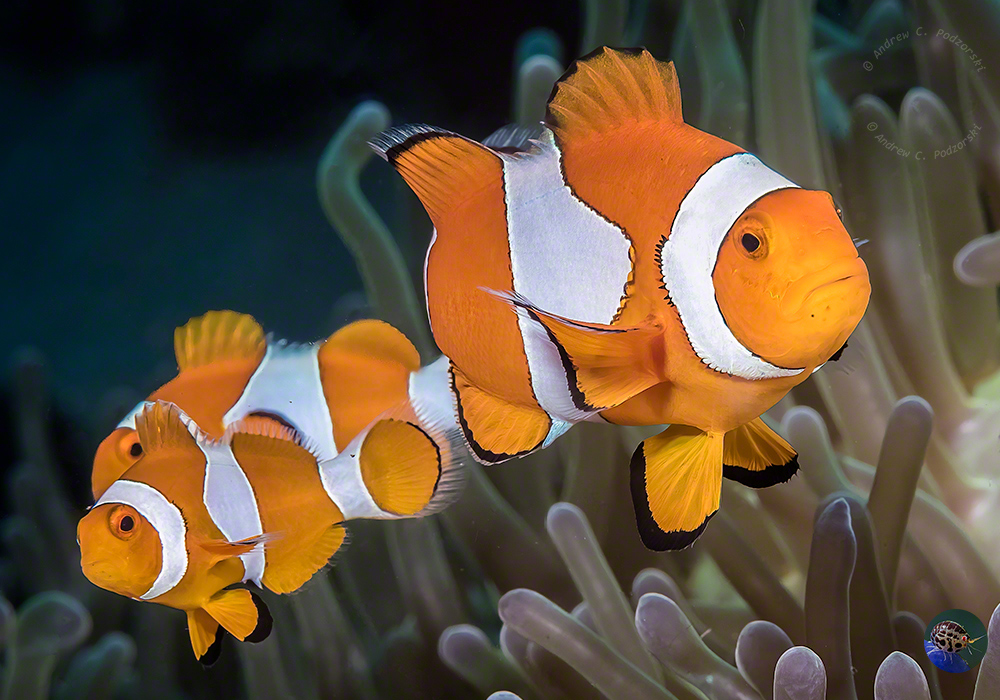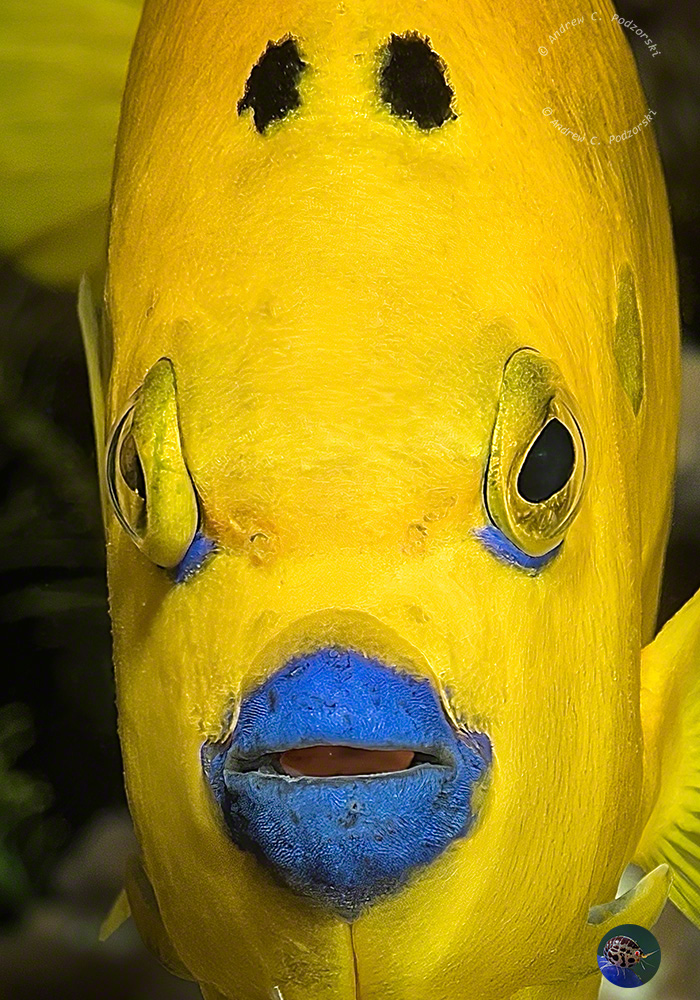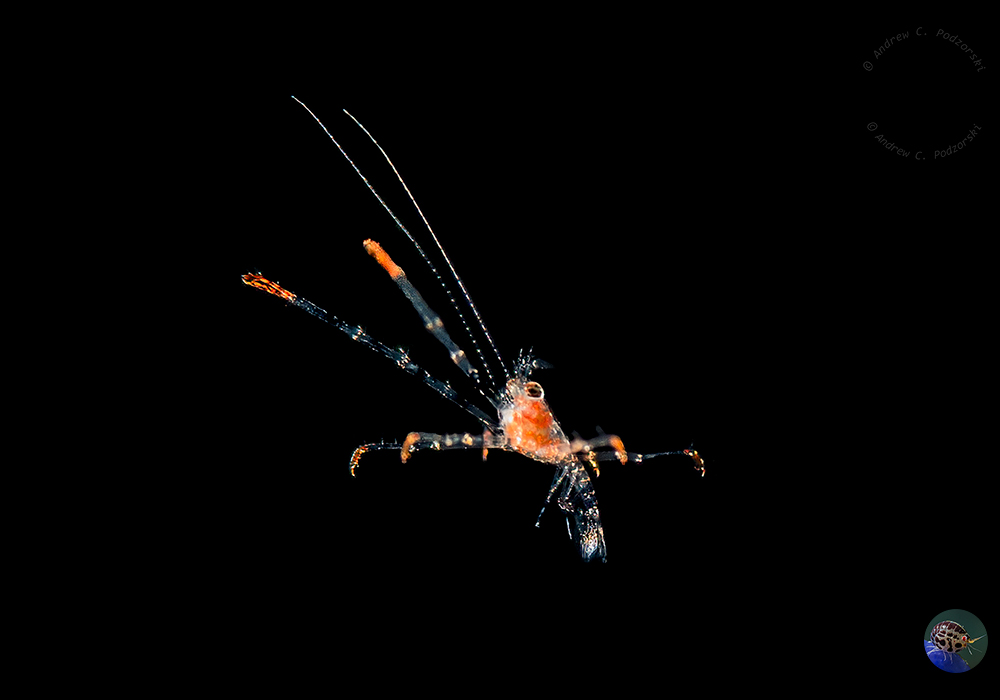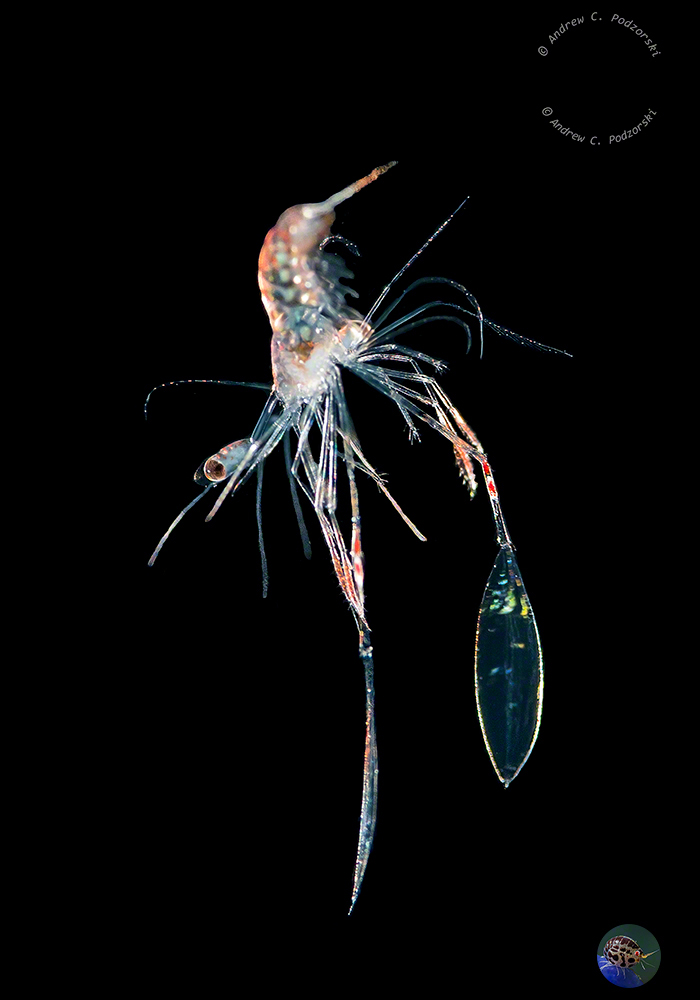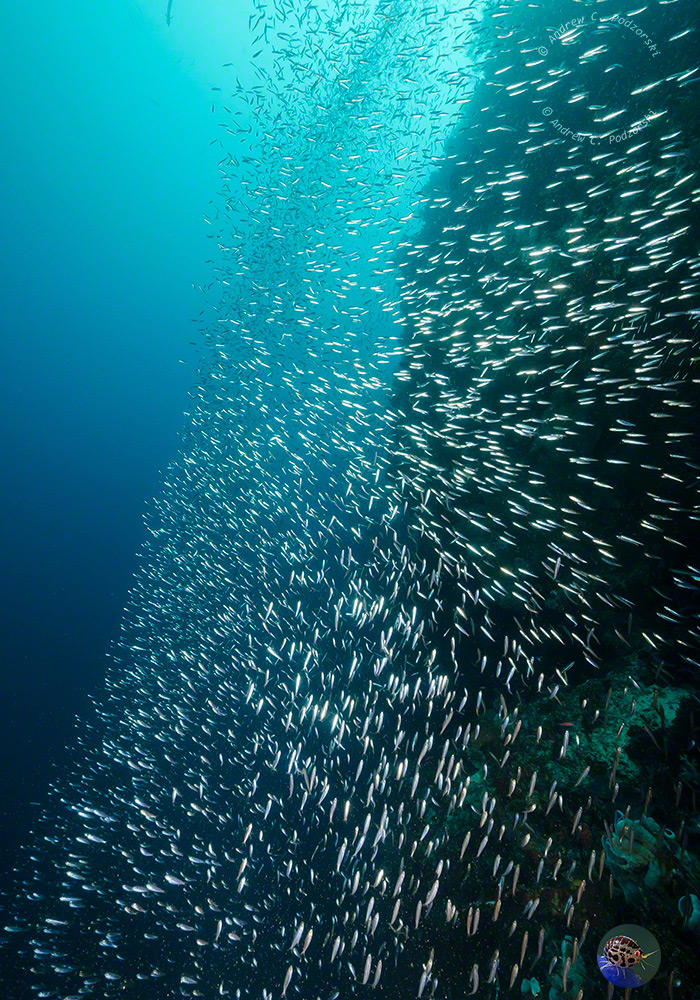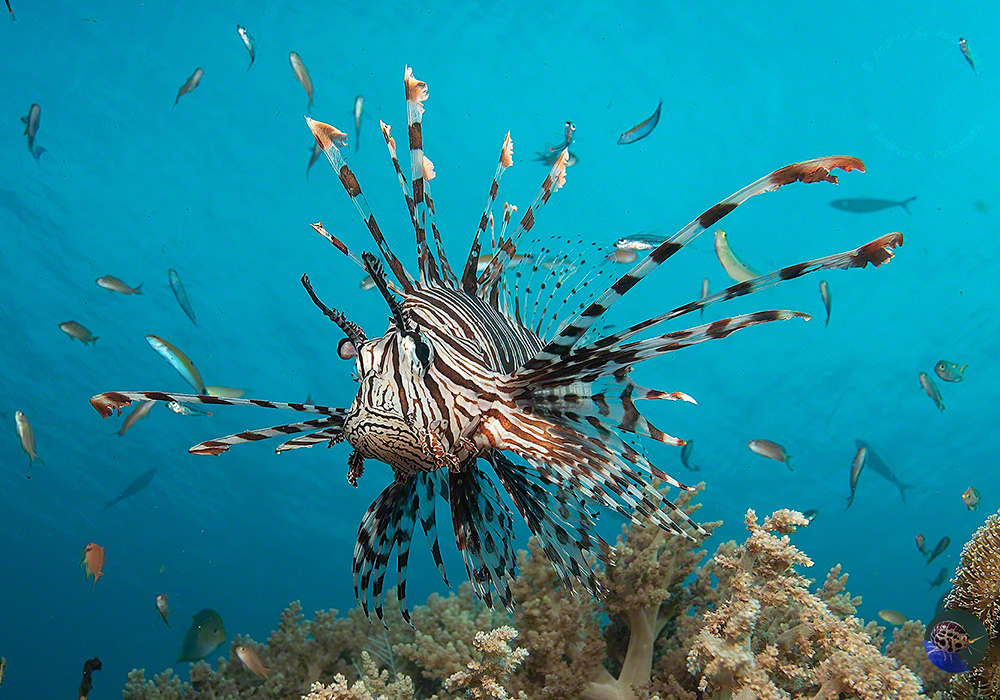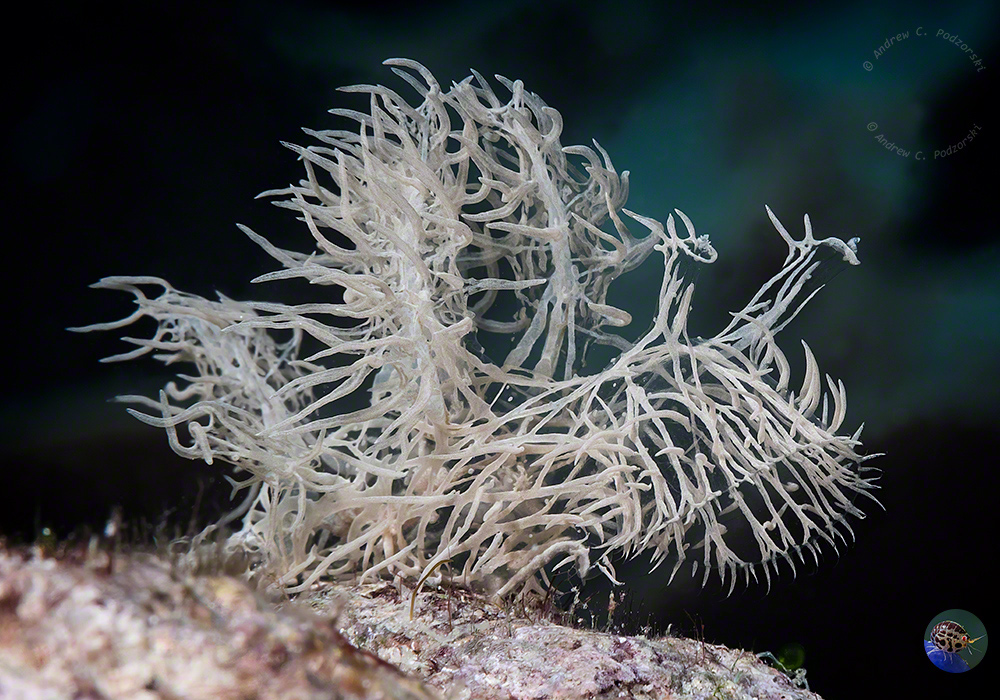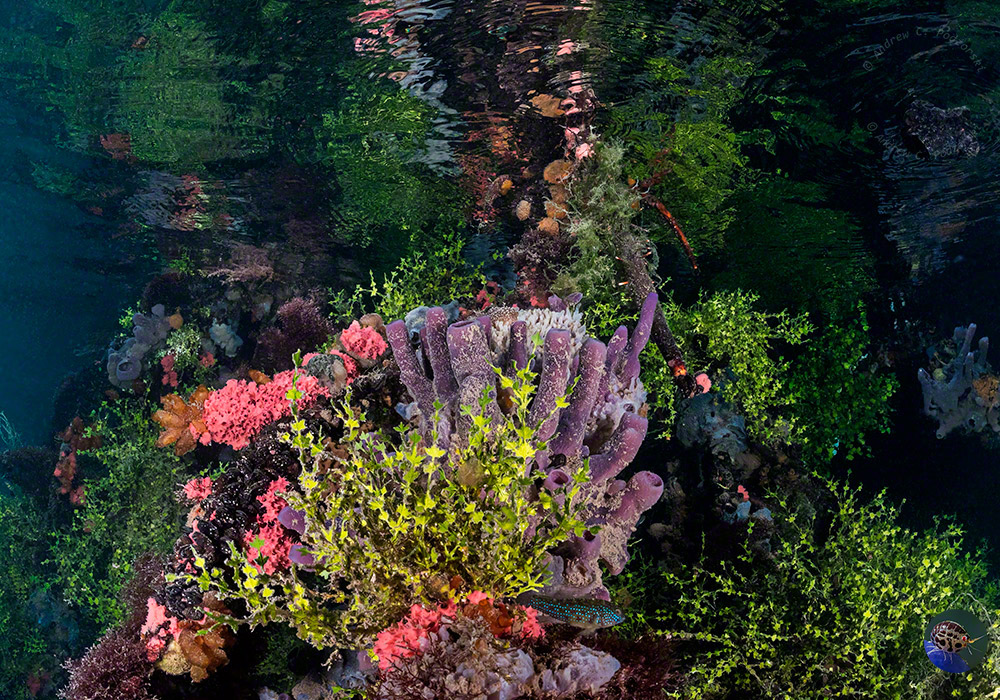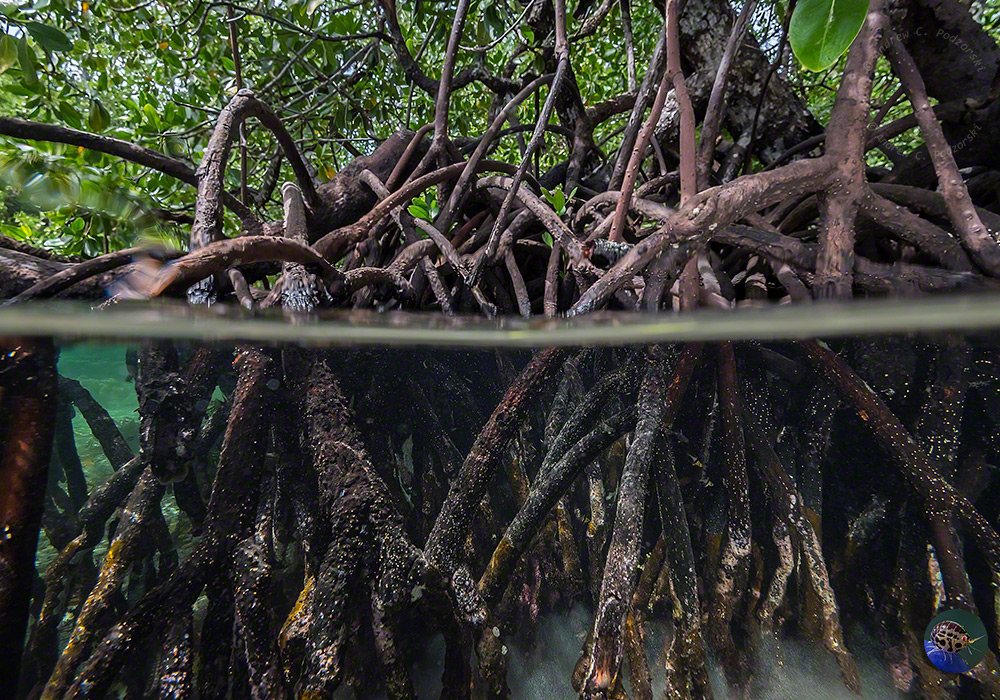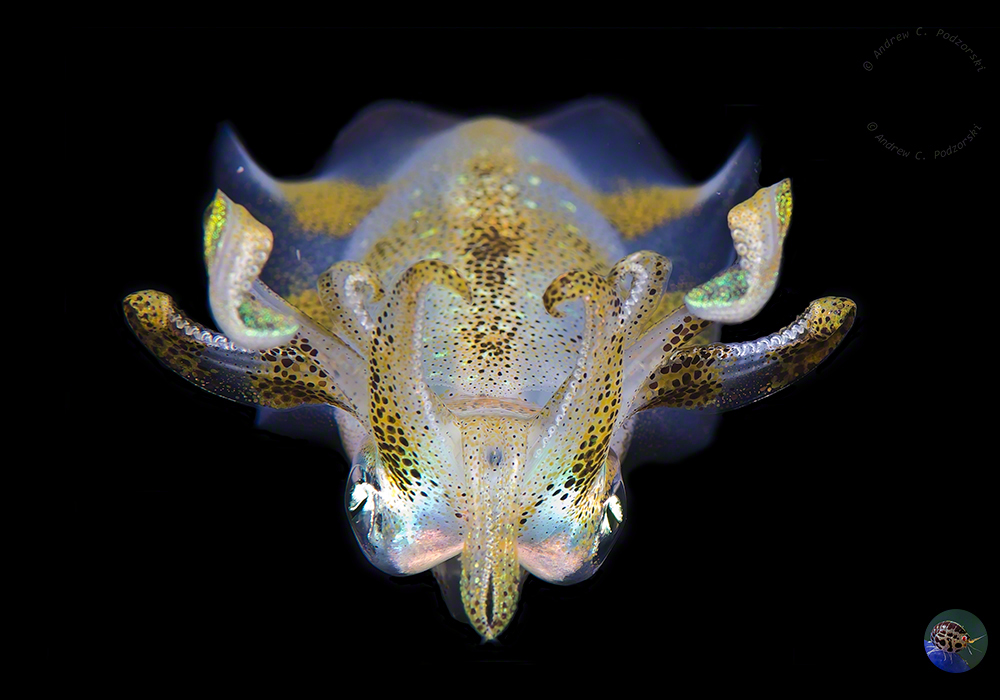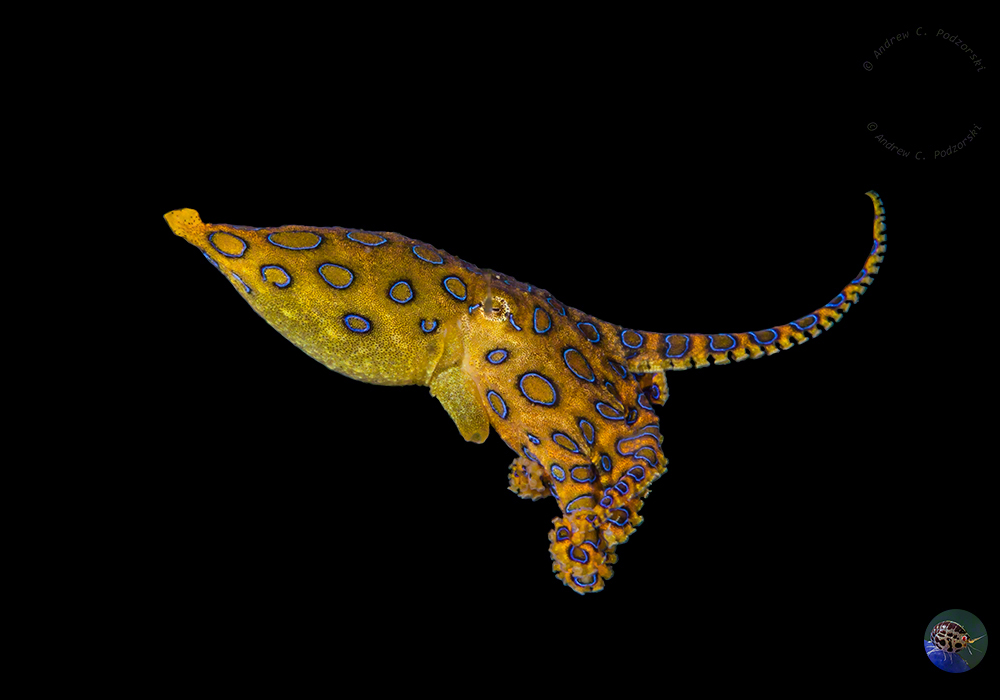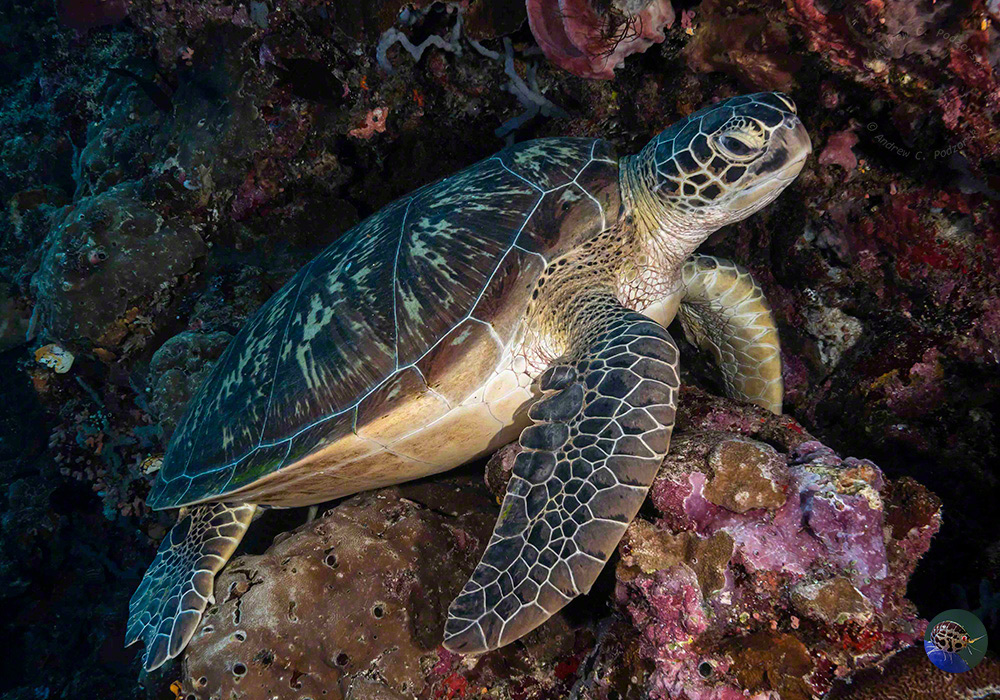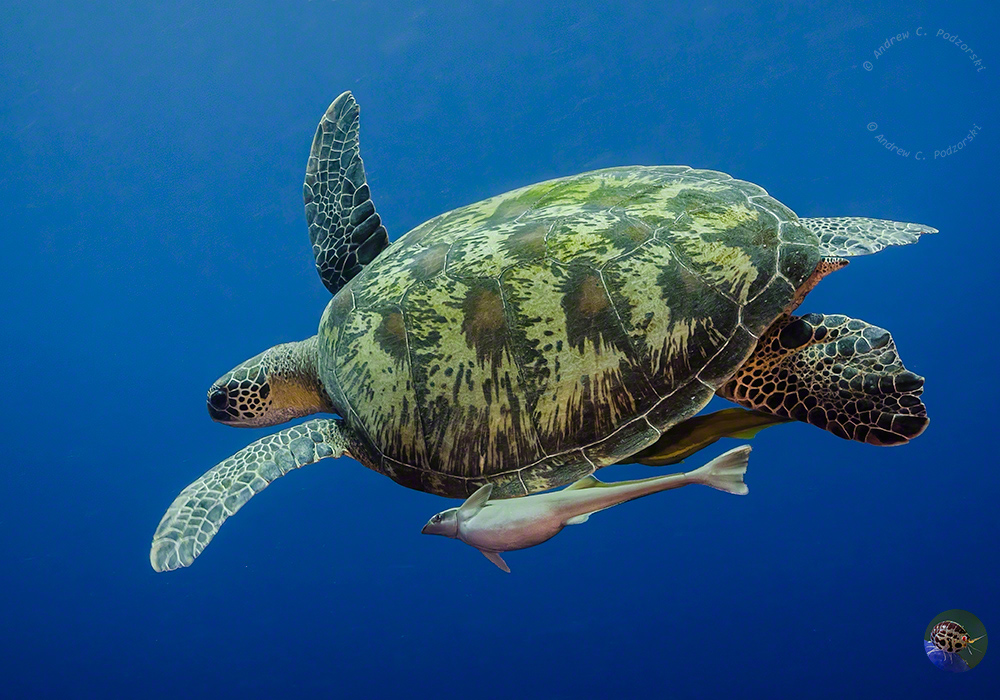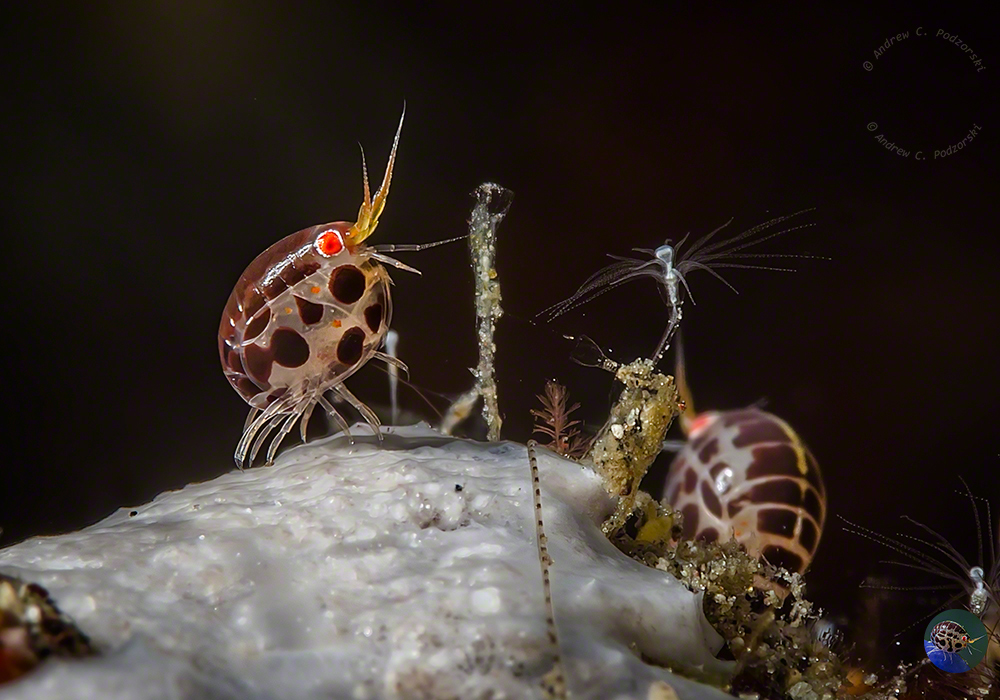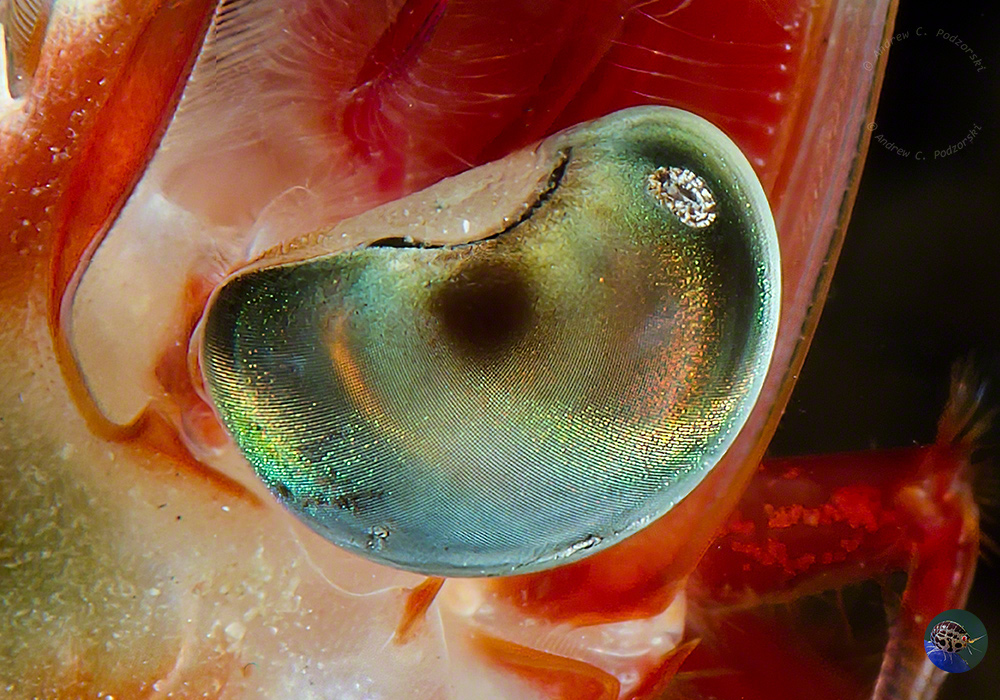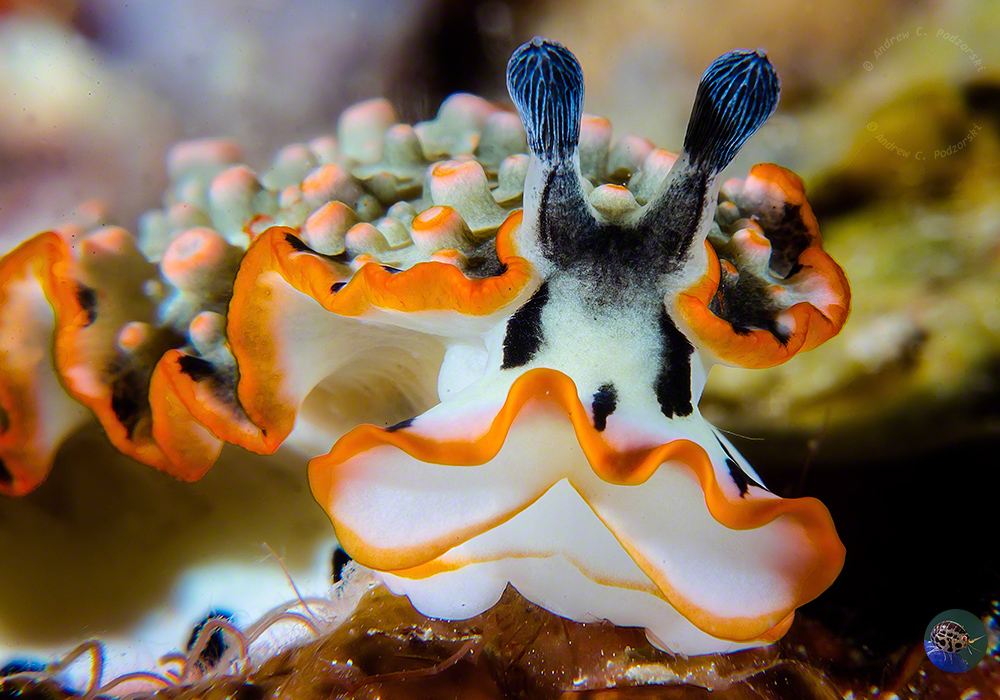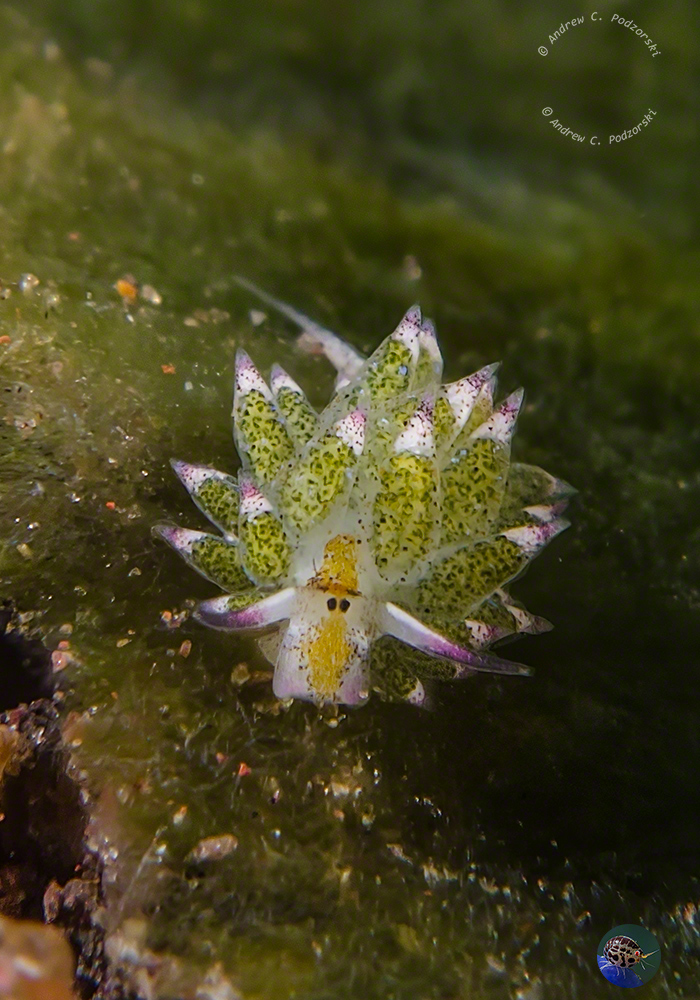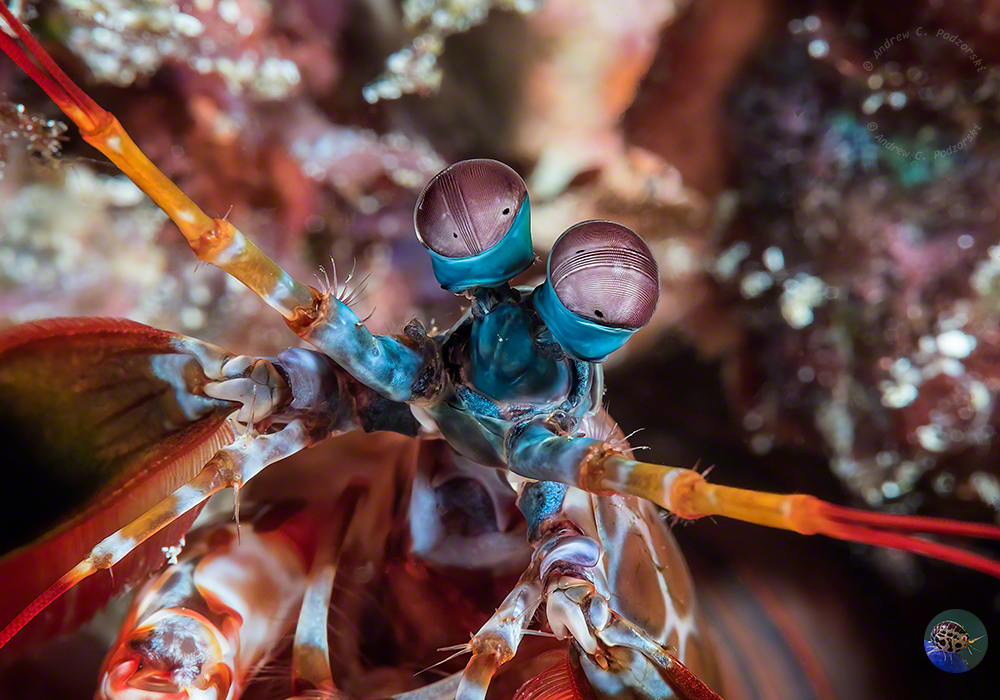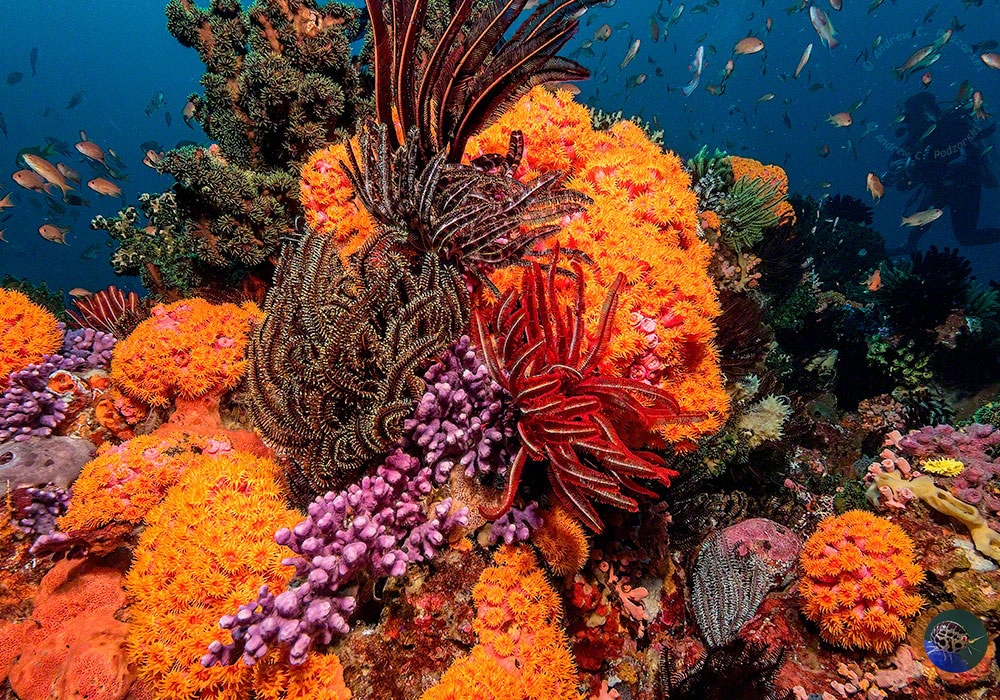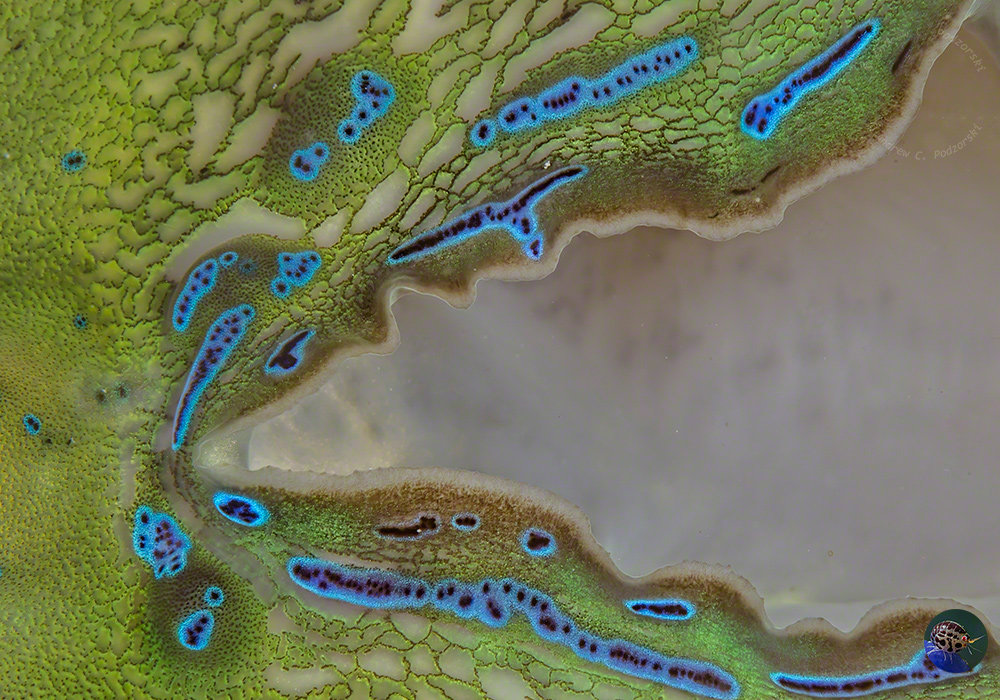Reefs - why should we care?

About Index
500 million people rely on the reefs for their livelihood globally
- 9.6 billion is generated by tourism and recreation.
- 9.0 billion comes from coastal protection
- 5.6 billion is gained by fisheries
- 5.5 billion come from biodiversity
These are conservative estimates of the value of coral reefs.
How many people do you know with cancer, cronic unbearable pain, Alzheimer's, AIDS? Many drugs to beat these diseases come from coral reefs! More are found every year. Every reef we loose means drugs lost to help cure cancer and so much more.
In the early 1950s when Werner Bergmann extracted and isolated antiviral substances from a Caribbean sponge he found off the coast of Florida. Chemicals from this sponge led to the development of several drugs used to fight cancer, leukemia, HIV and herpes.
The private companies spending billions of dollars to obtain marine miracle drugs is an impressive list with the largest four — Pfizer Inc., Johnson & Johnson, Merck & Co. Inc. and Abbott Laboratories — spending the most, and Novartis, Aventis, Eli Lilly, Inflazyme Abbott, Wyeth and Taiho Pharmaceuticals are also heavily invested. Even the cosmetics giant Estée Lauder has a vested interest in marine pharmacology; it uses an anti-inflammatory chemical from a seafan in one of its best-selling skin-care products.
The Undaria pinnatifida kelp, popularly known as wakame, enhanced immune cell activity and helped prevent and even cure lung cancer when injected into mice. Dinoflaggelate ("Red tide" toxin has been found to inhibit the growth of most types of bacteria and is currently being used experimentally to combat bacterial diseases. Sodium alginate from seaweed has the exciting ability to reduce humans’ absorption of radioactive strontium, the most dangerous byproduct of radiation fallout, by about 90 percent.
The deadly toxin from puffer fish is commercially available in an antispasmodic drug for people with seizure disorders and to help relieve the agony of terminal cancer. Pharmacologists have also discovered a cone-snail poison that is 1,000 times more powerful than morphine in treating certain kinds of chronic pain.
The antiviral compound idoxuridine and the antitumor compound arabinosylcytidine were developed from compounds found in a West Indian sponge, and both are widely used.
This is just a small sample of the drugs originating from coral reefs that are already being used. We have barely touched the surface of what reefs have to offer.
See what healthy coral reefs, sick corals and the exhibition photos look like in the albums below:
-

Healthy coralsCorals
-

Healthy corals Sponges & corals: Togeans
-

Healthy corals Corals: West Papua
-

Healthy corals Large reefscapes 18 Indonesia Halmahera Kusu
-

Healthy corals Large reefscapes 24 Alor Indonesia
-

Healthy corals Large reefscapes 23 West Papua Wageo The Passage
-

Healthy corals Large reefscapes 17 West Papua Misool
-

Healthy corals Large reefscapes 13 West Papua Misool
-

Healthy corals Large reefscapes 22 Indonesia Ambon
-

Healthy corals Large reefscapes 08 West Papua Dampier Strait
-

Healthy corals Large reefscapes 10 Indonesia Sulawesi Selayer
-

Healthy corals Large reefscapes 20 West Papua Triton Bay
-

Healthy corals Large reefscapes 11 Indonesia Sulawesi Selayer
-

Healthy corals Large reefscapes 06 Indonesia Sulawesi Selayer
-

Healthy corals Large reefscapes 21 West Papua Dampier Strait
-

Healthy corals Large reefscapes 04 West Papua Dampier Strait
-

Healthy corals Large reefscapes 16 Indonesia N Sulawesi Manado Tua
-

Healthy corals Saa Fan: Togeans
-

Healthy corals Large reefscapes 14 West Papua Misool
-

Healthy corals Large reefscapes 09 West Papua Yembraimuk Utara
-

Healthy corals Large reefscapes 12 West Papua west Wageo
-

Healthy corals Large reefscapes 19 West Papua Misool
-

Healthy corals Large reefscapes 07 Indonesia Sulawesi Selayer
-

Healthy corals Large reefscapes 25 Alor Indonesia
-

Healthy corals Large reefscapes 15 West Papua Misool
-

Healthy corals Large reefscapes 05 West Papua Wofoh
-

Coral damageCoral damage
-

-

-

-

-

-

-

-

-

ExhibitionExhibition
-

-

-

-

-

-

-

-

-

-

-

-

-

-

-

-

-

-

-

-

-

-

-

-

-

-

-

-

-

-

-

-

-

More Coral Facts
- 25% of the fish catch in developing countries comes from coral reefs. This supports one billion people
- 53 800 jobs are created in created by the Great Barrier Reef in Australia alone
- Reef tourism accounts for more the 15% of the gross domestic product in 23 of the 94 countries that profit from reef tourism
- 150 000 km of coasts in some 100 countries are protected in some way by coral reefs
Can we really afford to loose coral reefs? They are disappearing fast. 20 years - that is all we have
Help by supporting e.g. Ocean Gardeners
First appearing 650 million years ago, the vastly complex modern coral communities started developing 250 million years ago. They represent a fine balance between all types of marine animals, plants, bacteria, and viruses.
Even a single coral species is not on it’s own. It’s a complex community of many different algae, bacteria, viruses and fungi. As the water quality changes composition of the community changes to adapt. There are limits though!
Some facts:
- Coral reefs are more diverse than rainforests
- They cover less than 1% of the earths surface, but are home to 25% of all marine fish, 4000 species of fish
- 800 species of corals
Why are the coral reefs dying?
Climate change
- Higher temperatures kill the symbiotic algae
- Acidification impacts the ability of corals to build their skeletons and for juvenile corals to settle in new areas
- Climate change induced storms physically destroy reefs
Pollution
- Sediment run-off from land physically smothers reefs
- Fertilizer runoff from the land encourages the uncontrolled growth of smothering algae, disease bacteria and viruses
- Toxic wastes from gold mining, heavy metal mining, open cast coal mining escaping directly into rivers and then washing out to sea and poisoning the reef directly.
Overfishing
- Destructive traditional fishing techniques, physically destroy the reefs
- Explosive fishing
- Cyanide fishing simply totally kills everything in a reef
What can be done to help?
Reduce pollution
- Introducing new agricultural practices can even be a win-win scenario as with sugar cane farmers in Queensland, Australia
- Education
- Enforcing ant-pollution laws
Introducing new fishing techniques
Supporting coral restoration and protection projects
- If you cannot physically help, donate to the various organisations helping to protect reefs
- Coral gardening: this is where corals are farmed and then planted out in new reef areas.
Establishing marine protected areas
More info:








